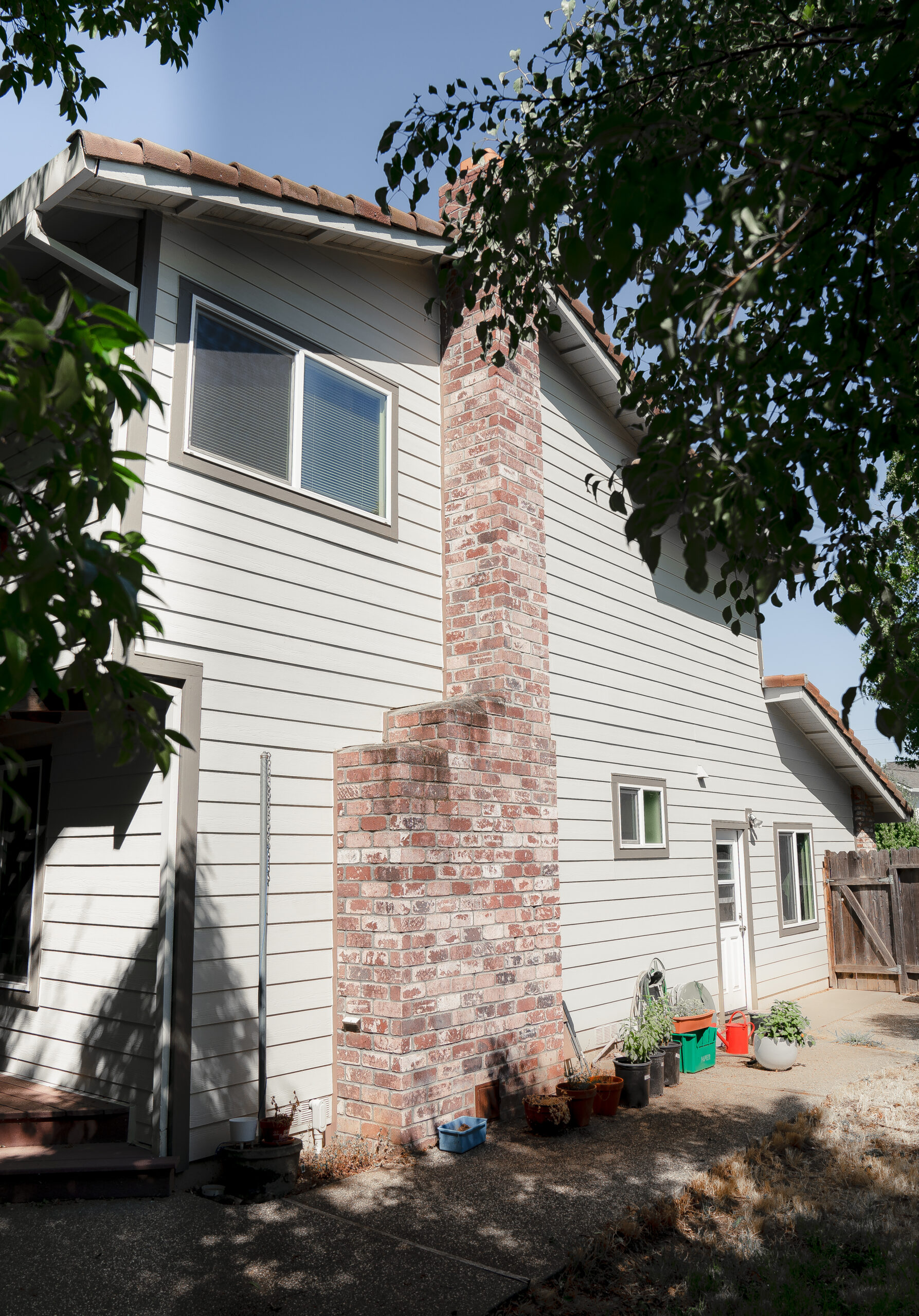[{"id":6609,"link":"https:\/\/hexteriors.com\/james-hardie-with-milgard-c650-ultra-series-fiberglass-windows\/","name":"james-hardie-with-milgard-c650-ultra-series-fiberglass-windows","thumbnail":{"url":"https:\/\/i0.wp.com\/hexteriors.com\/wp-content\/uploads\/2025\/02\/dji_fly_20240531_225810_0118_1717167789485_photo.jpg?fit=%2C&ssl=1","alt":""},"title":"James Hardie With Milgard C650 Ultra Series Fiberglass Windows","author":{"name":"hexteriorscom","link":"https:\/\/hexteriors.com\/author\/hexteriorscom\/"},"date":"Feb 10, 2025","dateGMT":"2025-02-10 21:08:23","modifiedDate":"2025-02-10 21:08:25","modifiedDateGMT":"2025-02-10 21:08:25","commentCount":"0","commentStatus":"closed","categories":{"coma":"<a href=\"https:\/\/hexteriors.com\/category\/projects\/\" rel=\"category tag\">Projects<\/a>, <a href=\"https:\/\/hexteriors.com\/category\/projects\/residential\/\" rel=\"category tag\">Residential<\/a>","space":"<a href=\"https:\/\/hexteriors.com\/category\/projects\/\" rel=\"category tag\">Projects<\/a> <a href=\"https:\/\/hexteriors.com\/category\/projects\/residential\/\" rel=\"category tag\">Residential<\/a>"},"taxonomies":{"post_tag":"<a href='https:\/\/hexteriors.com\/tag\/fiber-cement-siding\/' rel='post_tag'>Fiber Cement Siding<\/a><a href='https:\/\/hexteriors.com\/tag\/james-hardie\/' rel='post_tag'>James Hardie<\/a><a href='https:\/\/hexteriors.com\/tag\/sidings\/' rel='post_tag'>Sidings<\/a><a href='https:\/\/hexteriors.com\/tag\/windows\/' rel='post_tag'>windows<\/a><a href='https:\/\/hexteriors.com\/tag\/windows-replacement\/' rel='post_tag'>Windows Replacement<\/a>"},"readTime":{"min":1,"sec":2},"status":"publish","excerpt":""},{"id":6607,"link":"https:\/\/hexteriors.com\/james-hardie-boothbay-blue-siding-with-artic-white-trim\/","name":"james-hardie-boothbay-blue-siding-with-artic-white-trim","thumbnail":{"url":"https:\/\/i0.wp.com\/hexteriors.com\/wp-content\/uploads\/2025\/02\/orysyasidorchukphoto-148-1-scaled.jpg?fit=2560%2C1739&ssl=1","alt":""},"title":"James Hardie Boothbay Blue Siding With Artic White trim","author":{"name":"hexteriorscom","link":"https:\/\/hexteriors.com\/author\/hexteriorscom\/"},"date":"Feb 10, 2025","dateGMT":"2025-02-10 20:31:20","modifiedDate":"2025-02-10 20:31:22","modifiedDateGMT":"2025-02-10 20:31:22","commentCount":"0","commentStatus":"closed","categories":{"coma":"<a href=\"https:\/\/hexteriors.com\/category\/projects\/\" rel=\"category tag\">Projects<\/a>, <a href=\"https:\/\/hexteriors.com\/category\/projects\/residential\/\" rel=\"category tag\">Residential<\/a>","space":"<a href=\"https:\/\/hexteriors.com\/category\/projects\/\" rel=\"category tag\">Projects<\/a> <a href=\"https:\/\/hexteriors.com\/category\/projects\/residential\/\" rel=\"category tag\">Residential<\/a>"},"taxonomies":{"post_tag":"<a href='https:\/\/hexteriors.com\/tag\/fiber-cement-siding\/' rel='post_tag'>Fiber Cement Siding<\/a><a href='https:\/\/hexteriors.com\/tag\/james-hardie\/' rel='post_tag'>James Hardie<\/a><a href='https:\/\/hexteriors.com\/tag\/sidings\/' rel='post_tag'>Sidings<\/a><a href='https:\/\/hexteriors.com\/tag\/windows\/' rel='post_tag'>windows<\/a><a href='https:\/\/hexteriors.com\/tag\/windows-replacement\/' rel='post_tag'>Windows Replacement<\/a>"},"readTime":{"min":1,"sec":8},"status":"publish","excerpt":""},{"id":6578,"link":"https:\/\/hexteriors.com\/james-hardie-evening-blue-siding-with-anlin-catalina-windows\/","name":"james-hardie-evening-blue-siding-with-anlin-catalina-windows","thumbnail":{"url":"https:\/\/i0.wp.com\/hexteriors.com\/wp-content\/uploads\/2025\/02\/3-scaled.jpg?fit=2560%2C1440&ssl=1","alt":""},"title":"James Hardie Evening Blue Siding With Anlin Catalina Windows","author":{"name":"hexteriorscom","link":"https:\/\/hexteriors.com\/author\/hexteriorscom\/"},"date":"Feb 10, 2025","dateGMT":"2025-02-10 19:12:23","modifiedDate":"2025-02-10 19:12:25","modifiedDateGMT":"2025-02-10 19:12:25","commentCount":"0","commentStatus":"closed","categories":{"coma":"<a href=\"https:\/\/hexteriors.com\/category\/projects\/\" rel=\"category tag\">Projects<\/a>, <a href=\"https:\/\/hexteriors.com\/category\/projects\/residential\/\" rel=\"category tag\">Residential<\/a>","space":"<a href=\"https:\/\/hexteriors.com\/category\/projects\/\" rel=\"category tag\">Projects<\/a> <a href=\"https:\/\/hexteriors.com\/category\/projects\/residential\/\" rel=\"category tag\">Residential<\/a>"},"taxonomies":{"post_tag":"<a href='https:\/\/hexteriors.com\/tag\/fiber-cement-siding\/' rel='post_tag'>Fiber Cement Siding<\/a><a href='https:\/\/hexteriors.com\/tag\/james-hardie\/' rel='post_tag'>James Hardie<\/a><a href='https:\/\/hexteriors.com\/tag\/sidings\/' rel='post_tag'>Sidings<\/a><a href='https:\/\/hexteriors.com\/tag\/windows\/' rel='post_tag'>windows<\/a><a href='https:\/\/hexteriors.com\/tag\/windows-replacement\/' rel='post_tag'>Windows Replacement<\/a>"},"readTime":{"min":0,"sec":53},"status":"publish","excerpt":""},{"id":6562,"link":"https:\/\/hexteriors.com\/james-hardie-white-board-n-batten-siding-with-anderson-windows\/","name":"james-hardie-white-board-n-batten-siding-with-anderson-windows","thumbnail":{"url":"https:\/\/i0.wp.com\/hexteriors.com\/wp-content\/uploads\/2025\/02\/DJI_20241114020411_0180_D-scaled.jpg?fit=2560%2C1440&ssl=1","alt":""},"title":"James Hardie white Board n batten Siding with Anderson Windows","author":{"name":"hexteriorscom","link":"https:\/\/hexteriors.com\/author\/hexteriorscom\/"},"date":"Feb 10, 2025","dateGMT":"2025-02-10 18:39:31","modifiedDate":"2025-02-10 18:39:33","modifiedDateGMT":"2025-02-10 18:39:33","commentCount":"0","commentStatus":"closed","categories":{"coma":"<a href=\"https:\/\/hexteriors.com\/category\/projects\/\" rel=\"category tag\">Projects<\/a>, <a href=\"https:\/\/hexteriors.com\/category\/projects\/residential\/\" rel=\"category tag\">Residential<\/a>","space":"<a href=\"https:\/\/hexteriors.com\/category\/projects\/\" rel=\"category tag\">Projects<\/a> <a href=\"https:\/\/hexteriors.com\/category\/projects\/residential\/\" rel=\"category tag\">Residential<\/a>"},"taxonomies":{"post_tag":"<a href='https:\/\/hexteriors.com\/tag\/fiber-cement-siding\/' rel='post_tag'>Fiber Cement Siding<\/a><a href='https:\/\/hexteriors.com\/tag\/james-hardie\/' rel='post_tag'>James Hardie<\/a><a href='https:\/\/hexteriors.com\/tag\/sidings\/' rel='post_tag'>Sidings<\/a><a href='https:\/\/hexteriors.com\/tag\/windows\/' rel='post_tag'>windows<\/a><a href='https:\/\/hexteriors.com\/tag\/windows-replacement\/' rel='post_tag'>Windows Replacement<\/a>"},"readTime":{"min":0,"sec":55},"status":"publish","excerpt":""},{"id":6560,"link":"https:\/\/hexteriors.com\/james-hardie-boothbay-blue-with-milgard-trinsic-windows\/","name":"james-hardie-boothbay-blue-with-milgard-trinsic-windows","thumbnail":{"url":"https:\/\/i0.wp.com\/hexteriors.com\/wp-content\/uploads\/2025\/02\/File_002-scaled.jpg?fit=1920%2C2560&ssl=1","alt":""},"title":"James Hardie Boothbay Blue with Milgard Trinsic Windows","author":{"name":"hexteriorscom","link":"https:\/\/hexteriors.com\/author\/hexteriorscom\/"},"date":"Feb 10, 2025","dateGMT":"2025-02-10 17:37:54","modifiedDate":"2025-02-10 17:37:56","modifiedDateGMT":"2025-02-10 17:37:56","commentCount":"0","commentStatus":"closed","categories":{"coma":"<a href=\"https:\/\/hexteriors.com\/category\/projects\/\" rel=\"category tag\">Projects<\/a>, <a href=\"https:\/\/hexteriors.com\/category\/projects\/residential\/\" rel=\"category tag\">Residential<\/a>","space":"<a href=\"https:\/\/hexteriors.com\/category\/projects\/\" rel=\"category tag\">Projects<\/a> <a href=\"https:\/\/hexteriors.com\/category\/projects\/residential\/\" rel=\"category tag\">Residential<\/a>"},"taxonomies":{"post_tag":"<a href='https:\/\/hexteriors.com\/tag\/fiber-cement-siding\/' rel='post_tag'>Fiber Cement Siding<\/a><a href='https:\/\/hexteriors.com\/tag\/james-hardie\/' rel='post_tag'>James Hardie<\/a><a href='https:\/\/hexteriors.com\/tag\/sidings\/' rel='post_tag'>Sidings<\/a><a href='https:\/\/hexteriors.com\/tag\/windows\/' rel='post_tag'>windows<\/a><a href='https:\/\/hexteriors.com\/tag\/windows-replacement\/' rel='post_tag'>Windows Replacement<\/a>"},"readTime":{"min":0,"sec":50},"status":"publish","excerpt":""},{"id":6524,"link":"https:\/\/hexteriors.com\/james-hardie-light-mist-with-anlin-catalina-windows\/","name":"james-hardie-light-mist-with-anlin-catalina-windows","thumbnail":{"url":"https:\/\/i0.wp.com\/hexteriors.com\/wp-content\/uploads\/2025\/02\/File_001-1-scaled.jpeg?fit=1920%2C2560&ssl=1","alt":""},"title":"James Hardie Light Mist with Anlin Catalina Windows","author":{"name":"hexteriorscom","link":"https:\/\/hexteriors.com\/author\/hexteriorscom\/"},"date":"Feb 10, 2025","dateGMT":"2025-02-10 16:42:24","modifiedDate":"2025-02-10 16:42:26","modifiedDateGMT":"2025-02-10 16:42:26","commentCount":"0","commentStatus":"closed","categories":{"coma":"<a href=\"https:\/\/hexteriors.com\/category\/projects\/\" rel=\"category tag\">Projects<\/a>, <a href=\"https:\/\/hexteriors.com\/category\/projects\/residential\/\" rel=\"category tag\">Residential<\/a>","space":"<a href=\"https:\/\/hexteriors.com\/category\/projects\/\" rel=\"category tag\">Projects<\/a> <a href=\"https:\/\/hexteriors.com\/category\/projects\/residential\/\" rel=\"category tag\">Residential<\/a>"},"taxonomies":{"post_tag":"<a href='https:\/\/hexteriors.com\/tag\/fiber-cement-siding\/' rel='post_tag'>Fiber Cement Siding<\/a><a href='https:\/\/hexteriors.com\/tag\/james-hardie\/' rel='post_tag'>James Hardie<\/a><a href='https:\/\/hexteriors.com\/tag\/sidings\/' rel='post_tag'>Sidings<\/a><a href='https:\/\/hexteriors.com\/tag\/windows\/' rel='post_tag'>windows<\/a><a href='https:\/\/hexteriors.com\/tag\/windows-replacement\/' rel='post_tag'>Windows Replacement<\/a>"},"readTime":{"min":0,"sec":51},"status":"publish","excerpt":""},{"id":3950,"link":"https:\/\/hexteriors.com\/james-hardie-artic-white-with-milgard-style-line-series\/","name":"james-hardie-artic-white-with-milgard-style-line-series","thumbnail":{"url":"https:\/\/i0.wp.com\/hexteriors.com\/wp-content\/uploads\/2024\/05\/orysyasidorchukphoto-78-scaled.jpg?fit=2560%2C1587&ssl=1","alt":""},"title":"James Hardie Artic White with Milgard Style line Series","author":{"name":"hexteriorscom","link":"https:\/\/hexteriors.com\/author\/hexteriorscom\/"},"date":"May 13, 2024","dateGMT":"2024-05-13 11:08:18","modifiedDate":"2024-06-03 18:10:53","modifiedDateGMT":"2024-06-03 18:10:53","commentCount":"0","commentStatus":"closed","categories":{"coma":"<a href=\"https:\/\/hexteriors.com\/category\/projects\/\" rel=\"category tag\">Projects<\/a>, <a href=\"https:\/\/hexteriors.com\/category\/projects\/residential\/\" rel=\"category tag\">Residential<\/a>","space":"<a href=\"https:\/\/hexteriors.com\/category\/projects\/\" rel=\"category tag\">Projects<\/a> <a href=\"https:\/\/hexteriors.com\/category\/projects\/residential\/\" rel=\"category tag\">Residential<\/a>"},"taxonomies":{"post_tag":"<a href='https:\/\/hexteriors.com\/tag\/fiber-cement-siding\/' rel='post_tag'>Fiber Cement Siding<\/a><a href='https:\/\/hexteriors.com\/tag\/james-hardie\/' rel='post_tag'>James Hardie<\/a><a href='https:\/\/hexteriors.com\/tag\/sidings\/' rel='post_tag'>Sidings<\/a><a href='https:\/\/hexteriors.com\/tag\/windows\/' rel='post_tag'>windows<\/a><a href='https:\/\/hexteriors.com\/tag\/windows-replacement\/' rel='post_tag'>Windows Replacement<\/a>"},"readTime":{"min":1,"sec":13},"status":"publish","excerpt":""}]
CSLB Lic. #1055919


